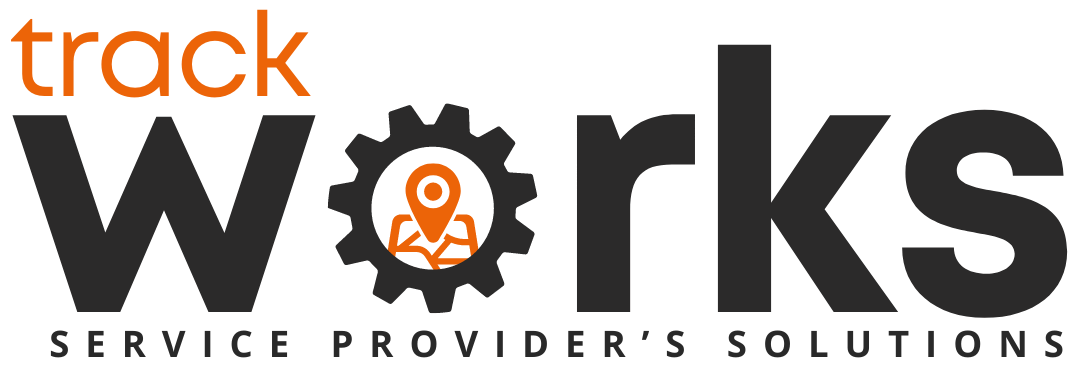Maximizing Efficiency: How Small Changes Lead to Big Savings in Field Service
Efficiency in field service management (FSM) is about more than completing jobs on time. It directly impacts labor costs, fuel consumption, customer satisfaction, and overall profitability. For many FSM teams, operational inefficiencies go unnoticed until the costs are substantial. By identifying even small areas of improvement, organizations can unlock significant savings without hiring additional staff. This blog explores actionable strategies to maximize efficiency and reduce costs before year-end, ensuring your operations remain competitive and sustainable.
1. Analyze Historical Data for Insights
Why it matters:
Understanding patterns from past months provides a roadmap for improvement. Data-driven insights reveal where time and resources are being wasted.
How to implement:
- Review metrics such as job completion time, first-time fix rates, and travel efficiency.
- Identify recurring issues that lead to delays or repeated visits.
- Track technician productivity and resource allocation to spot inefficiencies.
Practical tip: Focus on recurring bottlenecks first — these often produce the largest gains when addressed.
2. Optimize Scheduling for Maximum Productivity
Why it matters:
Poor scheduling results in wasted technician time, increased travel costs, and customer dissatisfaction.
How to implement:
- Group jobs geographically to reduce travel distances.
- Match job complexity with technician skill sets.
- Allocate buffer time for high-priority or emergency jobs.
Practical tip: Regularly review schedules and adjust based on real-time data to avoid unnecessary delays.
3. Streamline Dispatching Processes
Why it matters:
Dispatching inefficiencies can cascade through the entire operation, affecting technician productivity and service quality.
How to implement:
- Use technology to assign jobs automatically based on location, skill, and priority.
- Balance workloads to prevent overtime and burnout.
- Monitor dispatch metrics to ensure timely job completion.
Practical tip: Empower dispatchers with real-time insights into technician availability and job progress.
4. Minimize Travel Time
Why it matters:
Time spent traveling is non-billable and increases fuel and maintenance costs.
How to implement:
- Optimize routes using historical traffic data and predictive models.
- Assign local technicians to nearby jobs whenever possible.
- Reduce idle time by scheduling back-to-back jobs efficiently.
Practical tip: Evaluate travel patterns quarterly to identify high-cost routes and adjust scheduling accordingly.
5. Leverage Technology for Operational Visibility
Why it matters:
FSM software provides data, dashboards, and predictive analytics that reveal hidden inefficiencies.
How to implement:
- Track KPIs like revenue per technician, repeat visits, and customer satisfaction.
- Use alerts and dashboards to quickly identify delays or bottlenecks.
- Integrate FSM with ERP or CRM systems for end-to-end visibility.
Practical tip: Make operational data accessible to both leadership and field teams for collaborative problem-solving.
6. Continuous Improvement Culture
Why it matters:
Efficiency gains are sustainable only when embedded into organizational culture.
How to implement:
- Conduct regular team reviews of performance metrics.
- Encourage feedback from technicians and dispatchers.
- Implement process changes iteratively rather than all at once.
Practical tip: Celebrate improvements to motivate teams and reinforce efficiency-minded behaviors.
Conclusion
Small operational adjustments can have a significant financial and service impact. By analyzing data, optimizing scheduling and dispatch, minimizing travel, leveraging technology, and fostering a culture of continuous improvement, field service teams can maximize efficiency and reduce costs before year-end.




No responses yet